‘for that alone Donald Trump should be stripped naked and whipped with scorpions…’
trumpery ˈtrʌmp(ə)ri
noun (pl. trumperies)
- practices or beliefs that are superficially or visually appealing but have little real value or worth. he exposed their ideals as trumpery. theatrical trumpery. [ as modifier ] : that trumpery hope which lets us dupe ourselves.
adjective
showy but worthless: trumpery jewellery.
- delusive or shallow: that trumpery hope which lets us dupe ourselves.
On no! Another blog about that Trump man. Surely saturation point was reached long ago?
Bear with me, caller. I am reproducing here, shortened but otherwise unaltered, a diary entry that became a chapter in the book I wrote about my travels around the United States.
From the autumn of 2008 to the late spring of 2009, accompanied by a TV crew I made my way around America in a black London taxicab, visiting every single one of the 50 states.
We started at the top right with Maine, and the eighth on our list, in December 2008, was New Jersey.
Now read on …
My taxi and I are on our way to a place that has hammered its own nails into the coffin of Jersey’s reputation for refinement. Atlantic City.
Best known in the nineteenth and twentieth centuries for its boardwalk, all seven miles of it, Atlantic City on the south Jersey shore was one of the most prosperous and successful resort towns in America. After the Second World War it freefell into what seemed irreversible decline, until, as a last ditch effort in 1976, the citizens voted to allow gambling. Two years later the first casino in the eastern United States opened and ever since Atlantic City has been second only to Las Vegas as a plughole into which high and low rollers from all over the world are irresistibly drained.
And so I find myself driving into hell.
The weather does not help, heavy bruised skies brood over grey Atlantic rollers and on the beach the tide leaves a line of scummy frothing mousse and soggy litter. The signs advertising ‘Fun’ and ‘Family Rides’ on the vile seaside piers tinkle and clang in the sharp wind, a feeble ferris wheel squeaks and groans. Along the deserted boardwalk the wind tosses and rolls Styrofoam coffee cups and flappy burger containers – New Jersey’s urban, eastern reinterpretation of the mythic tumbleweed and sage brush of the West. Above tower the hotels, the ‘resort casinos’, blank facades in whose appearance and architectural qualities the developers have taken precisely double-zero interest.
Would it not have been better to let the home of Monopoly, this seedy resort town and remnant of another way of holidaying, simply fall into the sea? Instead we are given an obscene Gehenna, a place of such tawdry, tacky, tinselly, tasteless and trumpery tat that the desire to run away clutching my hand to my mouth is overwhelming. But no, I must brave the interior of the most tawdry and literally trumpery tower of them all … The Trump Taj Mahal.
For taking the name of the priceless mausoleum of Agra, one of the beauties and wonders of the world, for that alone Donald Trump should be stripped naked and whipped with scorpions all along the boardwalk. It is as if a giant toad has raped a butterfly. I am not an enemy of developers, per se; I know that people must make money from construction and development projects, I know that there is a demand and that casinos will be built. I can pardon Trump all his vanities and shady junk-bonded dealings and financial brinkmanship, I would even forgive him his hair, were it not that everything he does is done with such poisonously atrocious taste, such false glamour, such shallow grandeur, such cynical vulgarity. At least Las Vegas developments, preposterous as they are, have a kind of joy and wit to them … oh well, it is no good putting off the moment, Stephen. In you go.
The automatic doors of the black smoked glass entrance hiss open and I am inside. I see at once that the exterior, boardwalk side of Atlantic City is deliberately kept as unappealing as possible, just to make sure people stay inside. All you need is here: mini-streets complete with Starbucks for people who hate coffee and KFC for people who can’t abide food; there is even a shop devoted entirely to the personality of Donald Trump himself, with quotes from the great man all over the walls: ‘You’ve got to think anyway, so why not think big?’ and similar comforting and illuminating insights that enrich and nourish the hungry human soul.
Everything sold here is in the ‘executive’ style, like bad 80s Pierre Cardin: slimy thin belts of glossy leather, notepads, cufflinks, unspeakable objects made of brass and mahogany. There is nothing here that I would not be ashamed to be seen owning. Not a thing. Oh, must we stay here one minute longer?
Into the casino I go …
Above my head glitter the chandeliers that for some reason Trump is so proud of.
‘$14 million worth of German crystal chandeliers, including 245,000 piece chandeliers in the casino alone, each valued at a cost of $250,000, and taking over 20 hours to hang,’ trumpets the publicity.
‘An entire two-year output of Northern Italy’s Carrera marble quarries – the marble of choice for all of Michelangelo’s art – adorn the hotel’s lobby, guest rooms, casino, hallways and public areas.’
Yes, it may well have been the marble of choice for Michelangelo’s art. English was the language of choice for Shakespeare’s, but that doesn’t lift this sentence, for example, out of the ordinary. And believe me the only similarity between Michelangelo and the Trump Taj Mahal that I can spot is that they’ve both got an M in their names.
‘$4 million in uniforms and costumes outfit over 6,000 employees.’
‘4½ times more steel than the Eiffel Tower.’
‘If laid end to end, the building support pilings would stretch the 62 miles from Atlantic City to Philadelphia.’
‘The Trump Taj Mahal Casino Resort can generate enough air conditioning to cool 4,000 homes.’
You see, all that this mad boasting says to me is ‘Our Casino Makes A Shed Load Of Money’. They can afford to lavish a quarter of a million bucks on each chandelier, can they? And where does this money come from, we wonder? Profits from their ‘city within a city’ Starbucks concession? Sales of patent leather belts and onyx desk sets? No, from the remorseless mathematical fact that gambling is profitable. The house wins. The punter loses. It is a certainty.
This abattoir may be made of marble, but it is still a place for stunning, plucking, skinning and gutting sad chickens.
It is with real pleasure that I leave Atlantic City behind me, certain that I shall never return. Donald Trump. I hope never to hear the name again.
Excerpt from Stephen Fry in America © Stephen Fry 2009
Now, I am not claiming that there is any remarkable degree of prophecy or insight to be found in that furiously intemperate outpouring. Anyone could have seen eight years ago (ten years ago, twenty years ago) that Trump was poison. Not because of his disgusting Mexican walls, but because of his disgusting marbled walls. Not because of his unacceptably vulgar and contemptuous speeches, but because of his unacceptably vulgar and contemptuous buildings. In case you think that is glib and silly, let me expand a little.
Oscar Wilde visited America in 1882, giving talks on the renaissance goldsmith and sculptor Benvenuto Cellini and on what he called ‘The House Beautiful’ – so far as I can tell, the first ever lectures given anywhere on the subject of interior decoration.
The story goes that he was asked in Chicago whether he had an opinion as to why America was such a violent country. It is worth recalling just how strange, puzzling and upsetting to Americans their homeland’s almost apocalyptic explosion into violence seemed. Here was a country founded little more than a hundred years earlier in the spirit of the most optimistic and harmonious enlightenment values of justice, equality and freedom. Yet now it was recovering from the psychic shock of having recently erupted in the most bloody civil war in human history. The West was opening up in a trail of blood too: the blood of pioneers and the blood of plains Indians. Even species were being slaughtered wholesale, the buffalo, the bear and the passenger pigeon. In Chicago and New York the first gangs were beginning to exert their deadly grip. Everything, in short, was going wrong with America, that great and noble experiment. So …
‘You’re an intellectual kind of a fellow, Mr Wilde, do you have an opinion?’
‘As to why you are so violent? Oh yes, that is readily susceptible of an explanation,’ said Wilde. ‘You are violent because your wallpaper is so ugly.’
The first reaction to such a remark might be to laugh. Or to roll the eyes. So facetious, so precious, so appallingly trivial in the face of such a question. So Oscar. That first reaction would be wholly wrong.
Wilde was brought up under the powerful influence of two great aestheticians (I say that rather than aesthetes, there is a difference) – Walter Pater and John Ruskin. Under them Wilde learned a very important truth. An aesthetic wrong is a moral wrong. Aesthetics and morals are inextricably interwoven. If a thing is ugly it is wicked. If it is beautiful it is good. The qualities flowed both ways of course. If a thing was good it was, or became, beautiful. If it was wicked, it was ugly. Have we not all found that a lovely, captivating face belonging to an unkind, proud or unpleasant person very soon becomes an ugly face? Next time, we will be on the alert when we see that kind of apparent loveliness again. In other words, our sense of beauty (like our sense of smell) has evolved to warn us. Evil smells are bad for us. Ugliness is bad for us. Or, if you prefer, what is bad for us we have learned to find ugly.
Consider this too. We look out at the natural, wherever we are in the world, and it is always beautiful. Whether it be the deserts or the arctic wastes, the fells, the plains, the tundra, the bush, the cataracts, the mountains, the veld, the savannah, the jungle or the coastlines … nature is unconditionally and extraordinarily beautiful.
But if we look out of a window in a city (especially one at the height of the industrial nineteenth century) so much of what we see, made by humankind, is quite dreadfully and unremittingly ugly. Ugly to the point of contemptuous, terrible and wicked. Ornaments and utensils stamped out in cheap base metals, dangerous to the touch and horrid to the eye: crockery, cutlery, buildings, clothes and – yes, the wallpaper we wake up to and fall asleep dreaming to – all dreary, ill-considered and insulting to the spirit.
A child would soon see that they had been born into a species that can only uglify and despoil. What visible or viable perfection could there be to aim for? Can disconnection, contempt for life and ready violence really be such a surprising outcome?
You may think I am overstating the aims and claims of aestheticism. I am not. Ruskin lived all his life trying to prove the power of architecture, art and design to uplift spirits, heal broken societies and reconnect humankind to nature and our own selves; and conversely to warn how bad design and flawed, careless and callous architecture can corrode the soul of communities and peoples. I am old enough to remember how as a nation Britain underwent a rediscovery of these thoughts when we finally awoke and rubbed our eyes in disbelief at what had been done with the thoughtless development of ugly, ugly, socially sterile and contemptuous tower-block council flats and brutalist concrete city centres in the 1960s.
Pater’s, Ruskin’s and Wilde’s ideas are absolutely as alive as ever they were. It would be a huge mistake to underestimate Wilde because he was funny. His being funny was an index of his high seriousness, especially in matters of design, beauty, happiness, moral tone and their eternal interconnectedness.
Which brings us back to Trump. It is not his policies that stand as the clearest guide to his wickedness, contempt, stupidity, meanness and lack of moral character, it is his atrocious and life-throttling taste. Surely this should have been seen this before he even began to think of running for president?
But in fact he has already won. Trump’s idea of what success is, what style is, what America means has largely been ‘voted for’ and has become an aspirational norm for hotels, malls, resorts and homes up and down the land, uglifying America with an especially repugnant kind of short-lasting gloss and shallow gleam.
Trump is the faux-mahogany and fake-brass lamp and ceiling fan available in Target and Walmart that swirls and beats the air above us all, not shining light, just stirring the air noisily and to no purpose, while claiming to be somehow an heirloom and a collectible.
Do please believe that to decry such offences against taste is emphatically not a kind of snobbery. Doubtless Trump and his supporters would see any attack on him on aesthetic grounds as sneering metropolitan elitism because they would choose not to understand the moral dimension at play here. It must be understood that bad taste on the monstrous scale that Trump disseminates and embodies is the most brutal crime against the human spirit – a snobbery that looks down with contempt.
If you don’t know Peter York’s book Dictators’ Homes you really should try to get hold of it. It demonstrates quite wonderfully and hilariously how a gross, shatteringly greedy appetite for power and gross, shatteringly vulgar taste go hand in hand. The ‘ruthless, ill-educated, ignorant and trashily vainglorious’ who want to rule us at any price can be read through their bedrooms, dining-rooms and studies.
And, leafing through the book, whose execrable, vomitous taste do you think is shown most exactly to match that of Trump and his towers and foul resort hotels? Why Saddam Hussein’s of course. Indistinguishable.
x S
Cartoon by the brilliant Tony Husband
The post Trumpery Towers Over All appeared first on Official site of Stephen Fry.







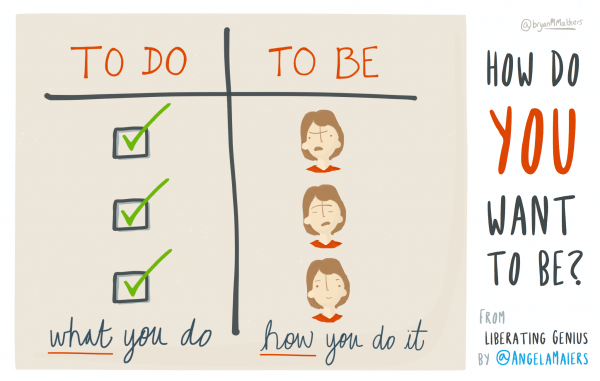




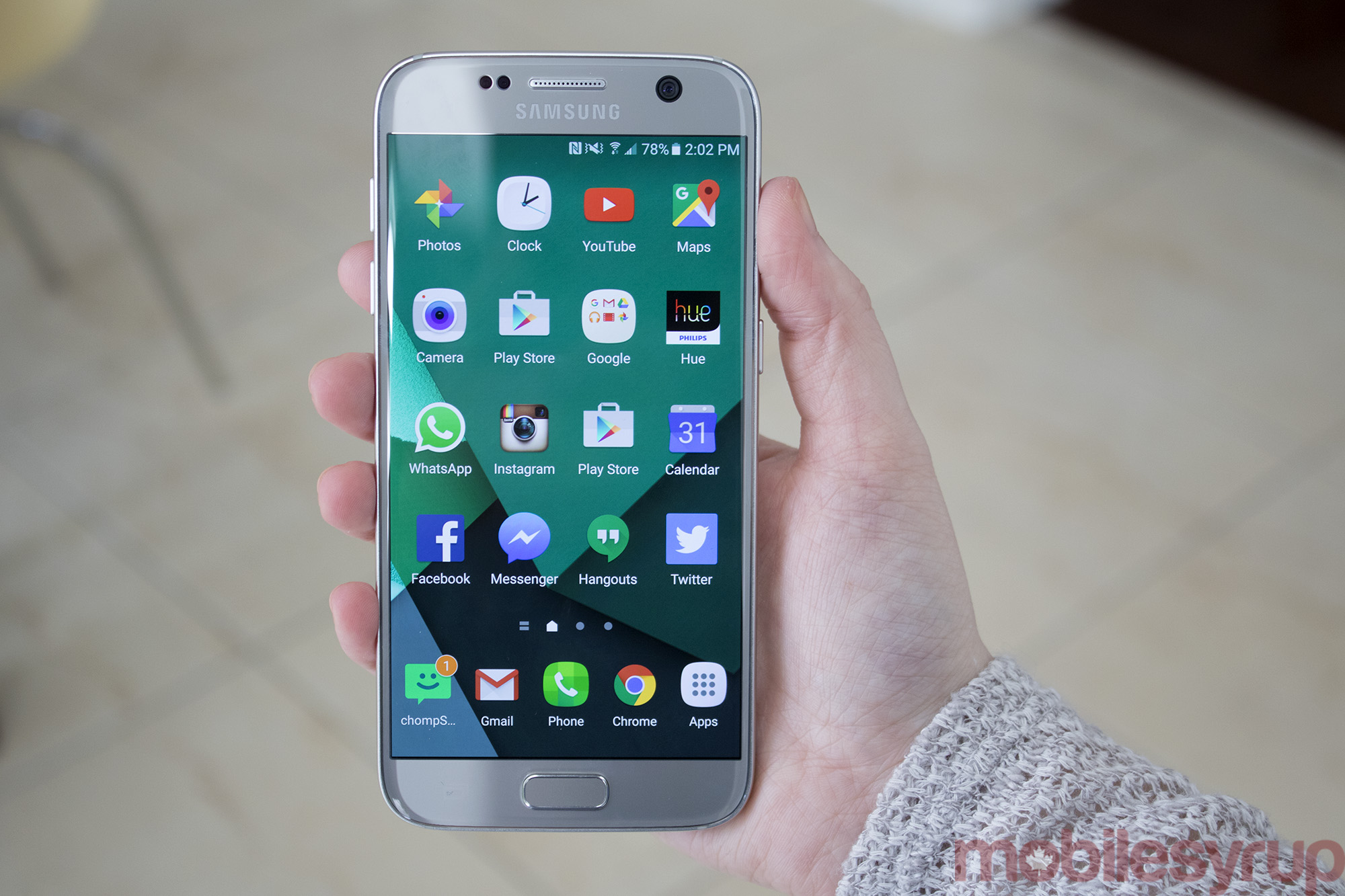
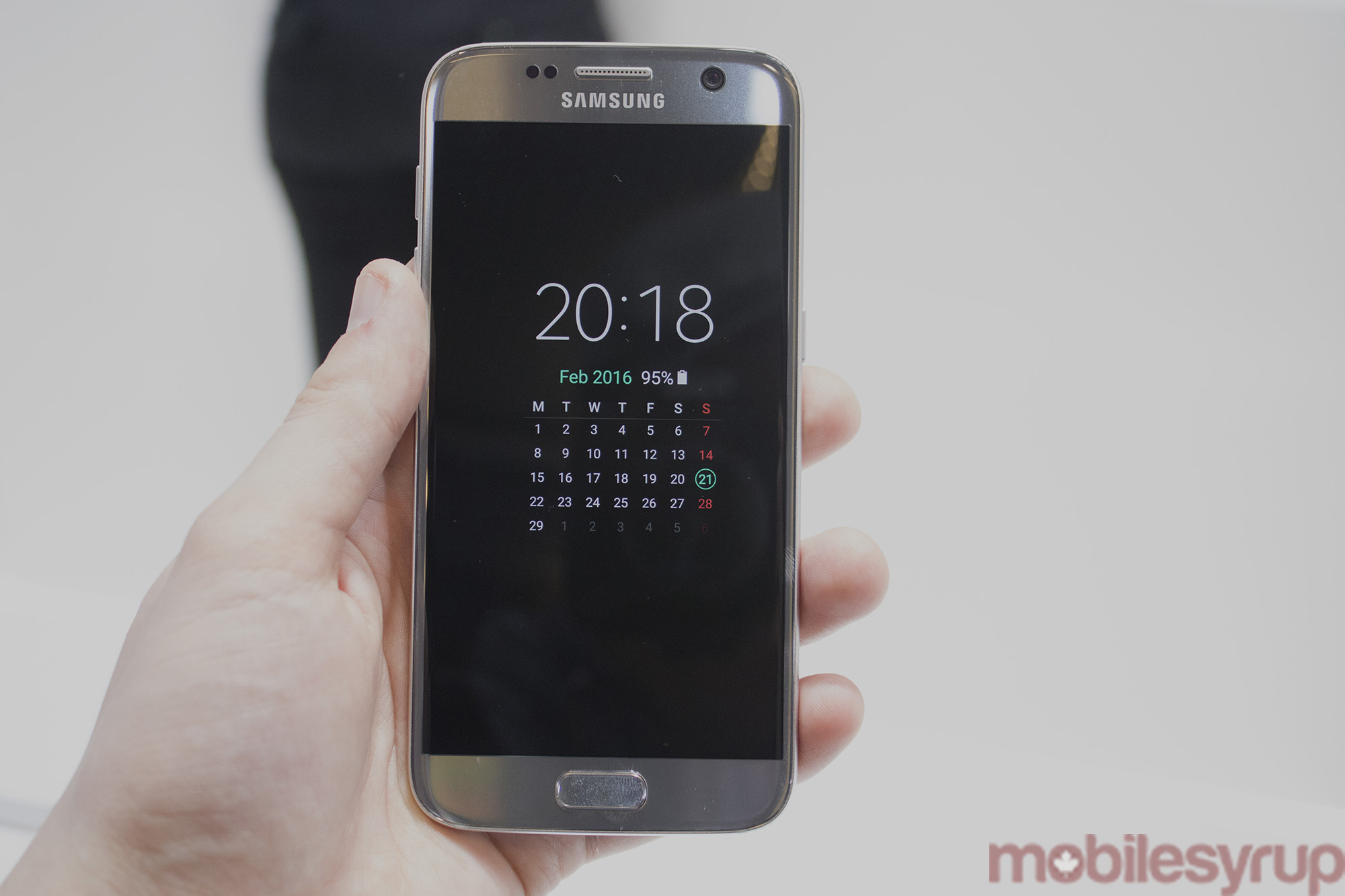
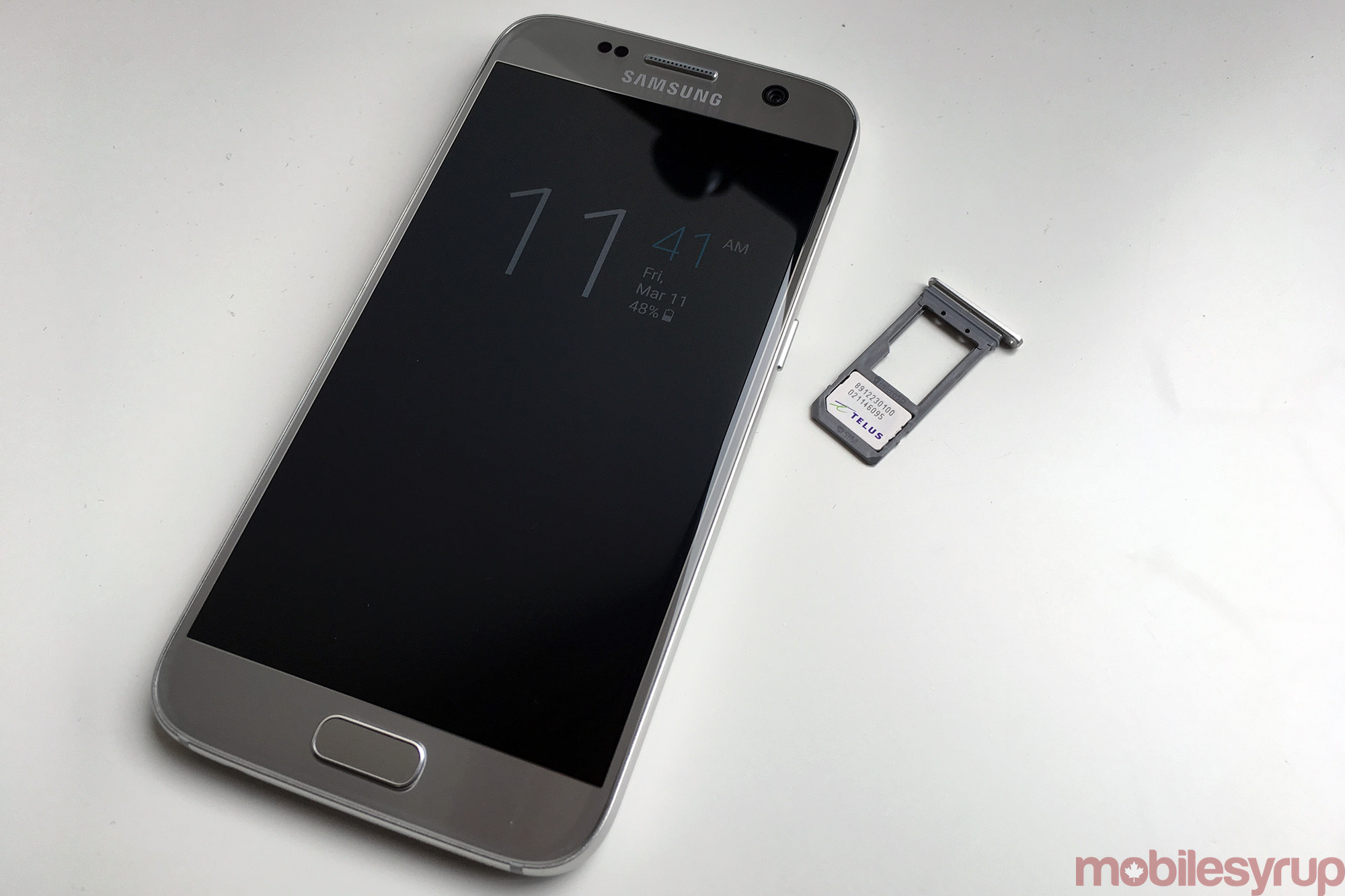
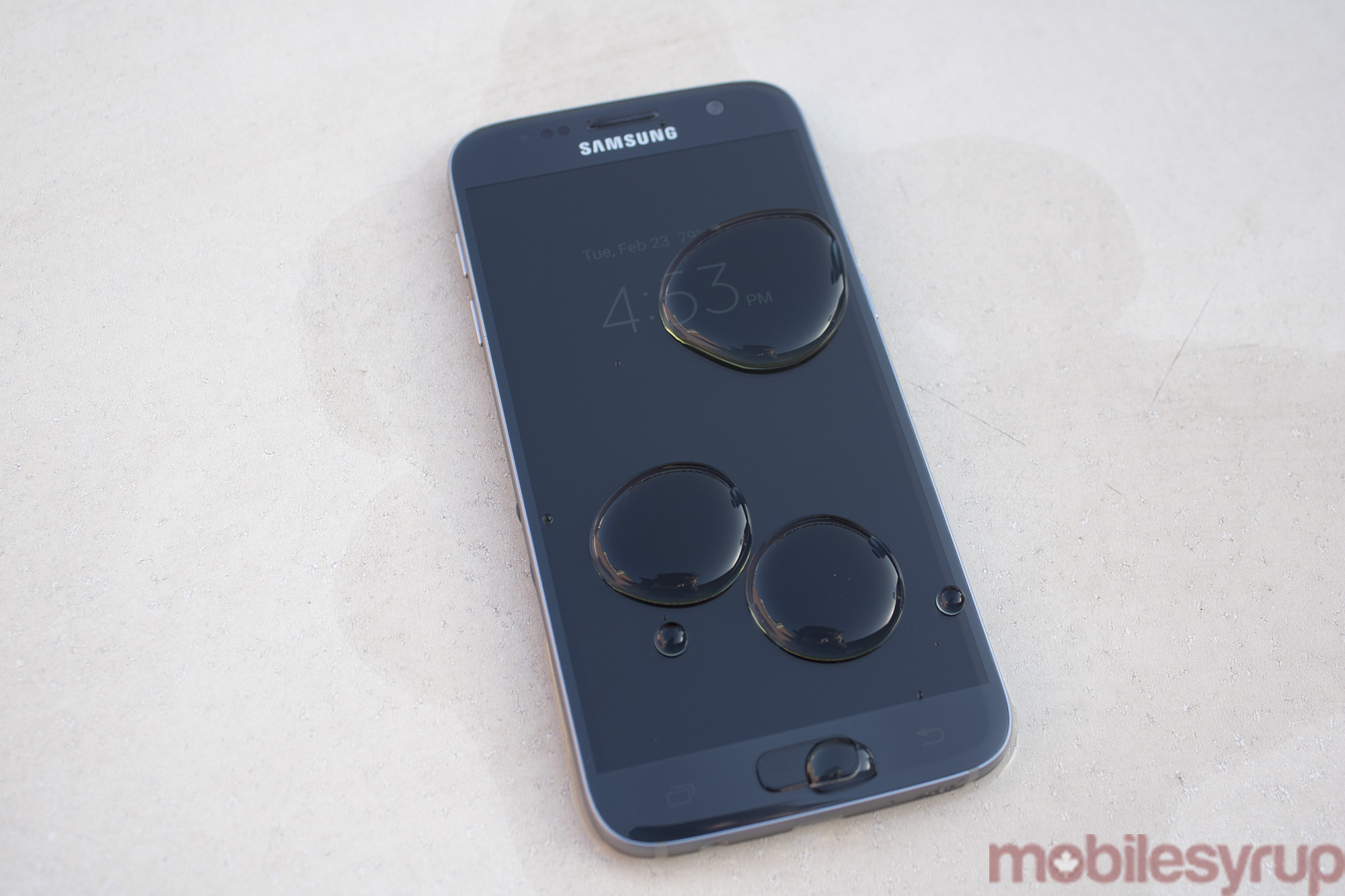
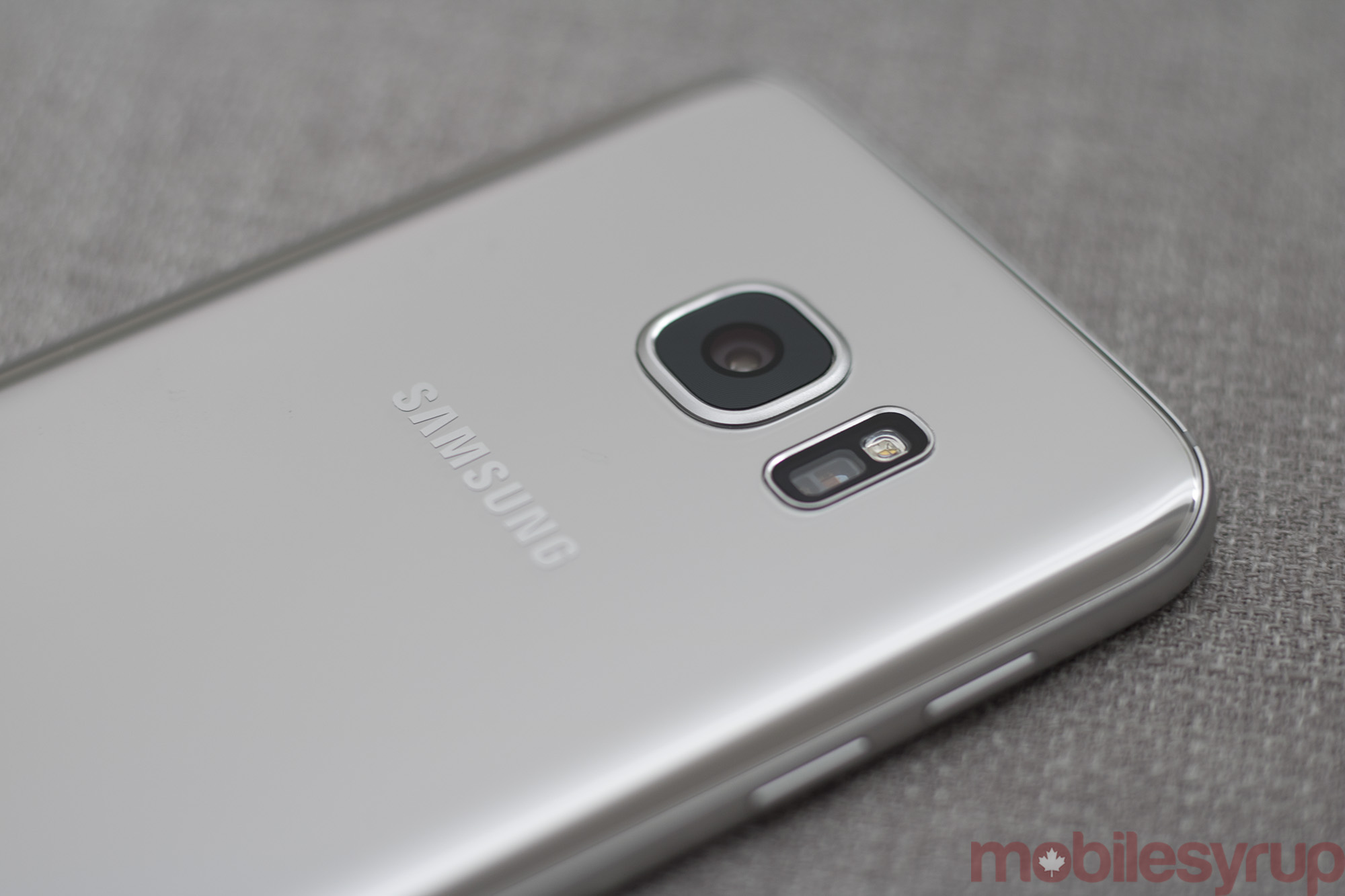



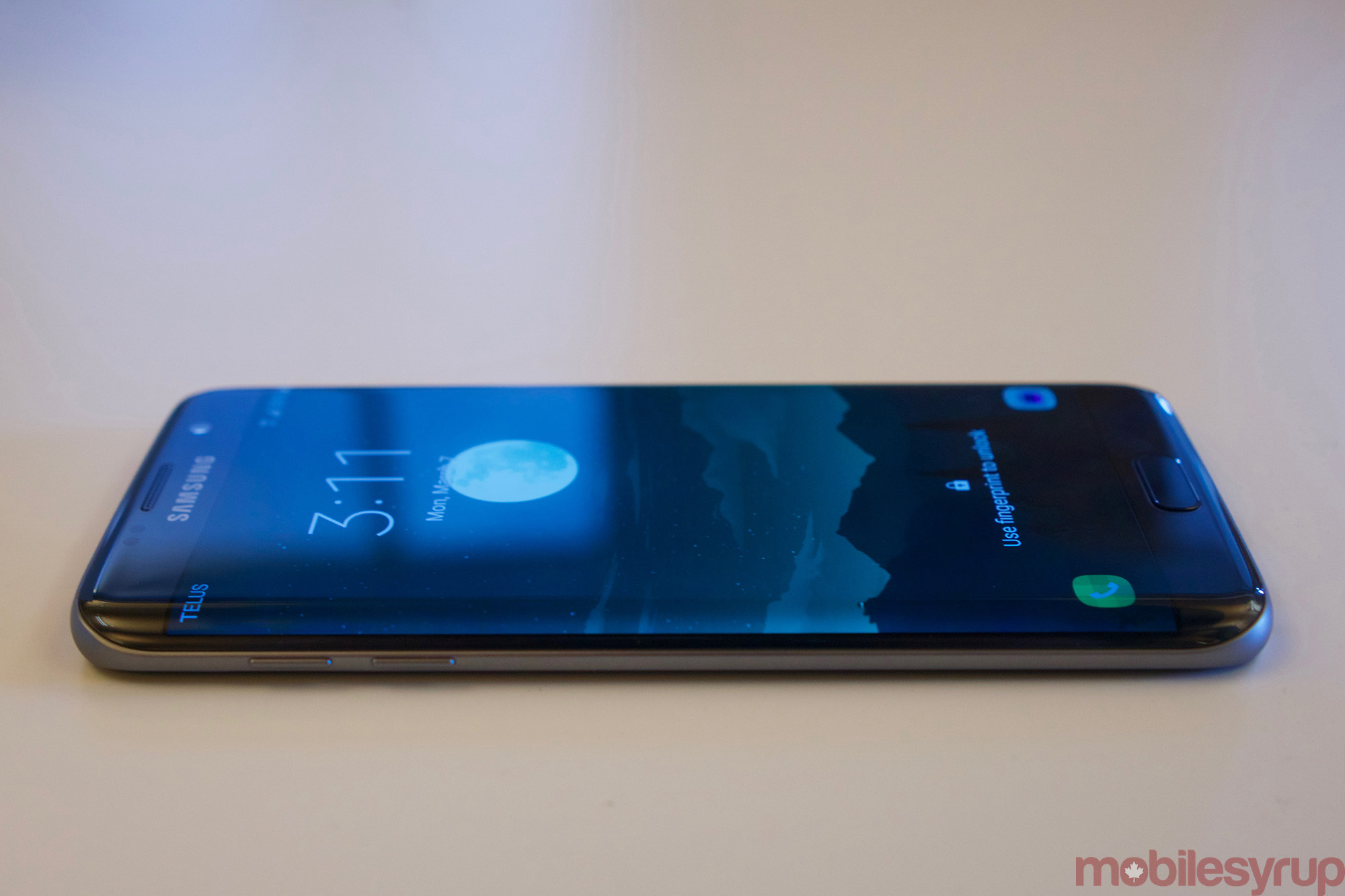
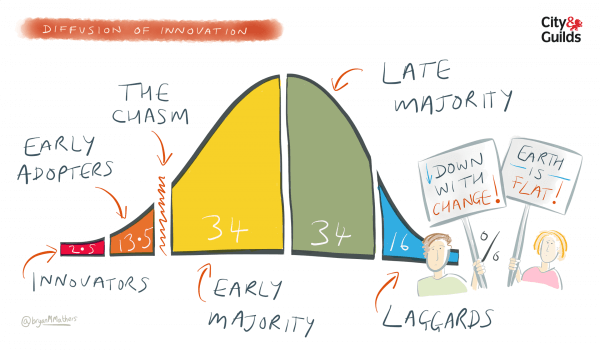

 Everything you’ve heard about the Samsung Galaxy S7 edge really is true. For once the marketing speak and other reviews are all borne out. Oh, and don’t bother with the regular S7 unless you really, really need the slightly smaller form factor and unless the edge sensitivity (see below) really throws you. Samsung has done a fantastic job with the rounded screen and back – this 5.5”-screened phablet feels natural and secure in the hand, much smaller than its specs and nominal size would suggest.
Everything you’ve heard about the Samsung Galaxy S7 edge really is true. For once the marketing speak and other reviews are all borne out. Oh, and don’t bother with the regular S7 unless you really, really need the slightly smaller form factor and unless the edge sensitivity (see below) really throws you. Samsung has done a fantastic job with the rounded screen and back – this 5.5”-screened phablet feels natural and secure in the hand, much smaller than its specs and nominal size would suggest.
